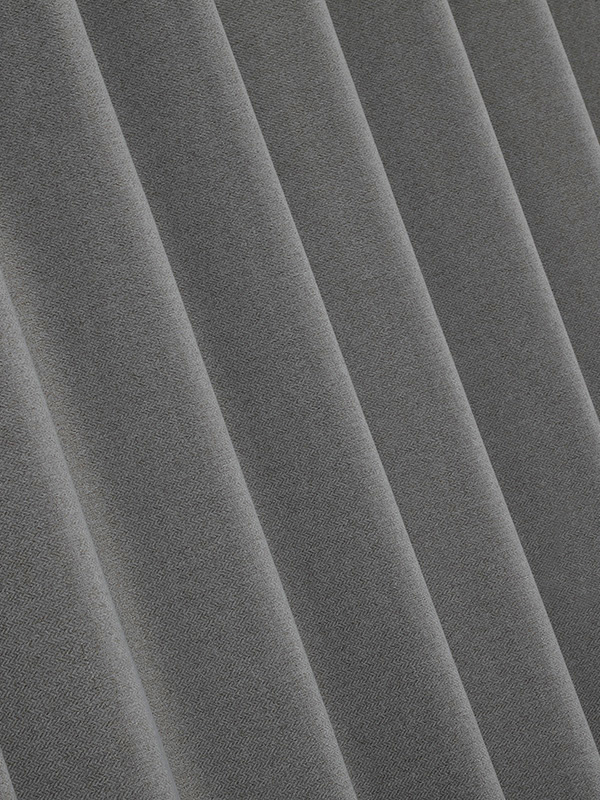The relationship between the durability and material quality of two-layer blackout coated curtain fabric is quite significant. Here's how these factors are interconnected:
The base materials used in the curtain fabric, such as polyester, cotton, or a blend, can affect its overall durability. Higher-quality materials are typically more resistant to wear and tear.
The blackout coating is a critical component for light-blocking capabilities. A high-quality coating will be more effective at blocking light and will also be more resistant to peeling or flaking, which can compromise both the functionality and the appearance of the curtains.
The density of the fabric weave can influence durability. A tighter weave is usually more durable and less likely to fray or tear.
The way the fabric is finished, such as the type of hemming or the method used to attach the blackout layer, can affect the curtains' longevity. Neat, secure finishing techniques contribute to a longer lifespan.

Some blackout curtains are treated with UV protection to prevent the fabric from degrading due to sunlight exposure. This treatment can significantly enhance the durability of the curtains.
The durability of blackout curtains can also be influenced by how they are cared for. High-quality materials may be more resistant to damage from washing or dry cleaning, but it's still important to follow the manufacturer's care instructions to maintain the fabric's integrity.
The environment in which the curtains are used can also impact their durability. For example, areas with high humidity or direct sunlight may cause the fabric to degrade more quickly, regardless of the material quality.
The durability of two-layer blackout coated curtain fabric is closely tied to the quality of the materials used, the effectiveness of the blackout coating, and the overall construction and care of the curtains. Investing in high-quality materials and coatings can result in a more durable and longer-lasting product.

 中文简体
中文简体











